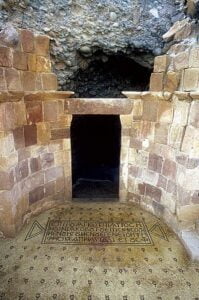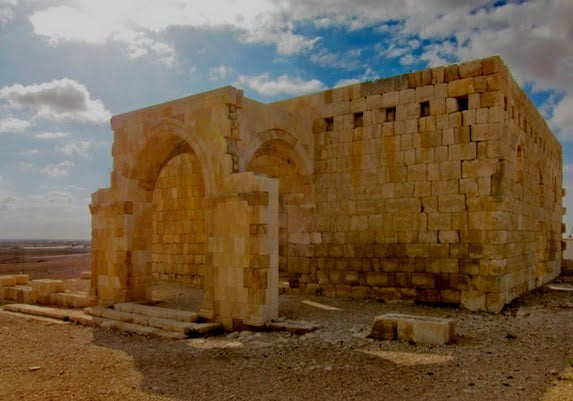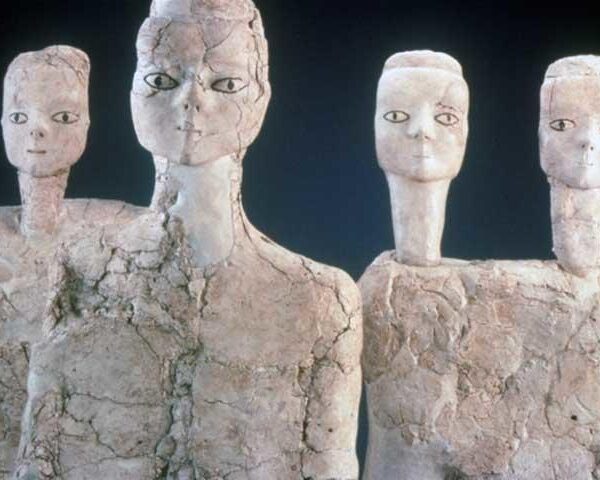
The Enigmatic Tale of Lot’s Cave in the Dead Sea and Lot’s Wife
Introduction: The Dead Sea, nestled between Israel and Jordan, is a place steeped in history and legend. Among its many mysterious features, one stands out as an enduring symbol of biblical lore – Lot’s Cave. This geological wonder, accompanied by the enigmatic story of Lot’s Wife, has captured the imagination of people for centuries. In this article, we’ll delve into the intriguing history of Lot’s Cave and the enduring legend of Lot’s Wife.
Lot’s Cave: A Geological Marvel Lot’s Cave, also known as “Lot’s Wife,” is a unique geological formation that has fascinated explorers, scholars, and pilgrims alike. Situated on the southwestern shore of the Dead Sea, this natural wonder is a massive salt pillar that resembles a woman turned into a pillar of salt. Its eerie appearance and striking location have led many to believe that it is indeed the legendary Lot’s Wife from the Bible.
Biblical Origins: The story of Lot’s Cave and Lot’s Wife is recounted in the book of Genesis in the Old Testament. According to the Bible, Lot and his family were living in the sinful city of Sodom. When God decided to destroy the city due to its wickedness, He sent two angels to warn Lot and his family to flee before the destruction.
The angels instructed Lot and his family not to look back as they fled the city. However, Lot’s wife, in an act of disobedience, turned around to look at the burning city and was immediately transformed into a pillar of salt. This incident has become an enduring cautionary tale about the consequences of disobedience.
Scientific Explanation: While the biblical account attributes Lot’s Wife’s transformation to a divine act, modern science offers a different explanation for the formation of salt pillars in the Dead Sea region. The Dead Sea is one of the saltiest bodies of water on Earth, and its high salt concentration has led to the formation of unique geological features, including salt pillars.
These salt pillars are created when underground salt layers are exposed due to erosion or dissolution of the surrounding rock. Rainwater dissolves the salt, creating small cavities in the rock. Over time, these cavities can grow and expand, eventually forming impressive salt pillars like Lot’s Cave.
Cultural Significance: Lot’s Cave and the story of Lot’s Wife hold immense cultural and religious significance. For Christians, Jews, and Muslims, this tale symbolizes the consequences of disobedience and the importance of heeding divine warnings. It serves as a moral lesson about the perils of clinging to the past.
Visitors from around the world come to witness this geological wonder, often with a sense of reverence. Pilgrims, tourists, and researchers alike are drawn to Lot’s Cave, making it a site where science and spirituality converge.
Conclusion: Lot’s Cave in the Dead Sea and the legend of Lot’s Wife continue to captivate people’s imaginations, transcending time and borders. Whether viewed through a biblical lens or a scientific one, this geological marvel reminds us of the interplay between nature, myth, and human history. It serves as a poignant reminder of the enduring power of stories, whether they originate in ancient scriptures or in the depths of the Earth itself




